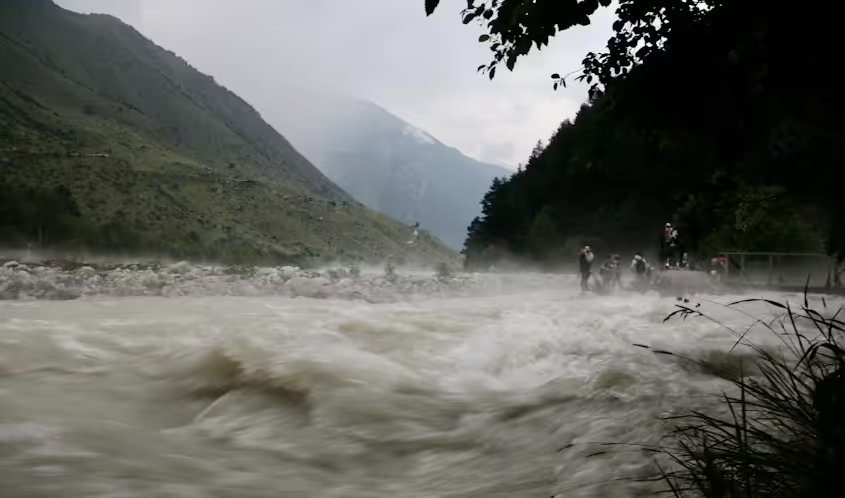Stay informed with our newsletter.
.webp)

.webp)

Flash floods triggered by heavy monsoon rains have killed more than 300 people across Pakistan and the Kashmir region, leaving widespread devastation. Entire villages have been submerged, homes destroyed, and thousands displaced. Rescue operations are underway, but damaged infrastructure and blocked roads are hampering relief efforts. Authorities have warned of further rains, raising fears of additional flooding. The disaster highlights the region’s vulnerability to climate change and inadequate flood management systems.

The death toll from devastating monsoon floods and landslides in Pakistan and Pakistan-administered Kashmir has climbed to at least 307, according to disaster officials, as rescue efforts struggle against harsh weather and destroyed infrastructure.
Most fatalities were reported in the mountainous Khyber Pakhtunkhwa province in northwestern Pakistan, where at least 74 homes were destroyed. Tragedy struck rescue operations when a military helicopter, dispatched to aid flood-hit areas, crashed due to bad weather, killing all five crew members.
Authorities confirmed nine deaths in Pakistan-administered Kashmir and five in the northern Gilgit-Baltistan region. In India-administered Kashmir, rescuers recovered bodies from mud and rubble after a flood swept through a Himalayan village, killing at least 60 people and leaving dozens missing.
Government forecasters warn that heavy rains are expected to continue through August 21 in northwestern Pakistan, where several districts have already been declared disaster zones. Survivors in hard-hit Buner described scenes of terror. “I heard a loud noise as if the mountain was sliding,” said one resident, Azizullah. “The ground was trembling due to the force of the water, and it felt like death was staring me in the face.”
In Bajaur, near the Afghan border, mourners gathered for funeral prayers as rescue crews worked with excavators to pull victims from mud-soaked hillsides. The provincial government has declared a day of mourning in Khyber Pakhtunkhwa.
Monsoon rains, which fall between June and September and account for three-quarters of South Asia’s annual rainfall, routinely bring deadly floods and landslides. This year has been particularly severe, with more than 300 deaths already recorded. In July, Punjab province home to nearly half of Pakistan’s 255 million people saw 73% more rainfall than the previous year, resulting in more deaths than during the entire 2023 monsoon season.
Scientists say climate change is intensifying extreme weather events across South Asia. Northern Pakistan, home to some of the largest glaciers outside the polar regions, has seen rapid ice melt due to global warming. As glaciers retreat, mountains become increasingly unstable, leaving soil and rock vulnerable to collapse during heavy rains. Experts say glacial melt likely contributed to the scale of the current disaster.
For questions or comments write to contactus@bostonbrandmedia.com
Source: BBC
